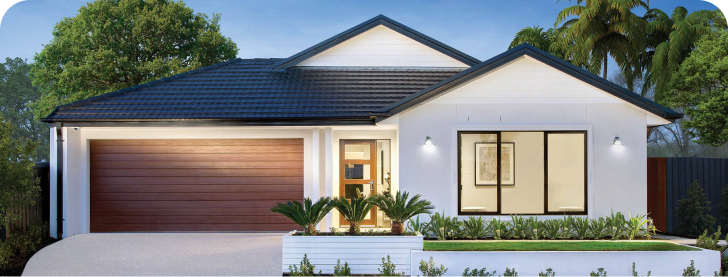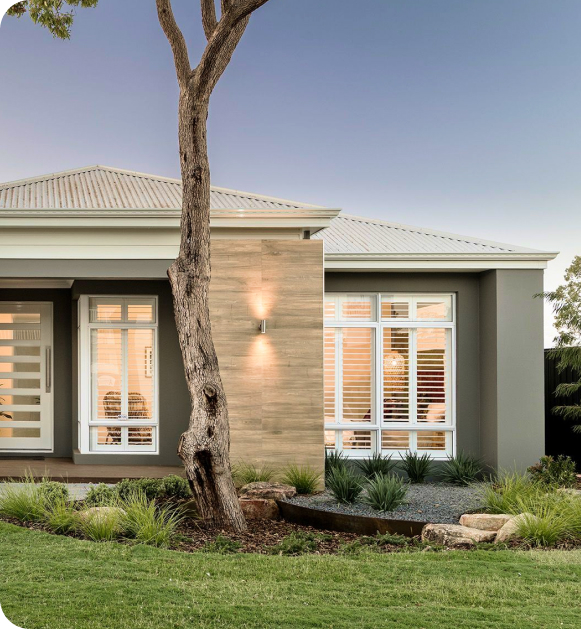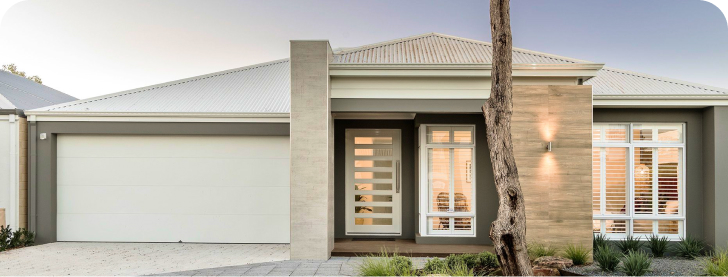
Simply building an ADU is not enough if you want it to be a fully-functional guest house or living space for your in-laws, use it for passive income, or to increase your property value. These separate structures also need the proper interior design to be comfortable enough for living. The right design can make a huge difference.
In our article, you can find some useful, easy, and practical ADU design ideas about how to turn your accessory dwelling unit into a cozy tiny home!
A piece of furniture is multifunctional if it can serve two or more purposes. It's possible to adapt such furniture to your necessities – for instance, turn a chair or a sofa into a bed when a guest stays at your house for a night. Such furniture is often used in a minimalist style to get more space.
Multifunctional furniture has lots of benefits, such as:
Furniture with several purposes can help you maximize space and get rid of clutter. One multifunctional piece of furniture substitutes for several ordinary ones, leaving much more free floor space.
Multifunctional furniture can also help you save money – you buy one item instead of two or more, spending much less. Also, it's often very easy to assemble, so you won't have to hire a technician.
Most multifunctional furniture has simple cleaning instructions and is often made from easy-to-clean materials — for example, vinyl and plastic.
Multifunctional furniture is great for small spaces such as accessory dwelling units. It can help you make the most out of your ADU's limited space.
Selecting the color palette for your house is an extremely subjective thing. But if you find it hard to pick the best colors, then there are some useful ADU design ideas for you.
If you want to make a color scheme for your accessory dwelling unit, look at something you like — a beautiful photograph, painting, fabric, or any other thing. Choose several colors from it to make them the main ones in the palette. Try to make the proportions of the colors balanced.
The color value indicates how dark or light the color is. If you use several different values, you can prevent your color palette from appearing too chaotic. The best principle is to pick three colors for every room — a light one, a bright one, and a dark one. The light color should be the main one — it can visually enlarge a small space.
Consider how different types of light will affect the colors. Daylight and lamp light produce different hues. With natural light, it's even more complicated because it changes and moves during the day. The locations of rooms also matter — a room with windows to the south will get way more light than to the north.
Natural elements are extremely diverse — not only plants and flowers but also wood, stones, seagrass, and many other things. There are plenty of ADU design ideas that can help make the interior of your tiny home much cozier.
A great background for your elements of nature can be an accent wall made of bricks. It will bring an "outdoorsy" and rustic feel to the room design.
The awesome idea is to use recycled things, such as reclaimed wood and even old railroad ties — they can support the ceiling.
Also, there are lots of budget solutions to make it cheaper. For example, instead of making rock walls in the whole room, you can make a single accent of the same rock on one wall, and it will look fabulous too.
A focal point is the main thing that you see when walking into a room, the brightest and the most noticeable thing in the interior.
How to create such a point? We've got some design tips for you.
Clutter can be a very big problem, especially for a small home. When a house is cluttered, it's much less comfortable to live in. It's harder to do lots of everyday things and to find necessary items. Luckily, there are many creative storage solutions to get rid of clutter and clear more floor space, even in a small room.
Here are some of these storage options.
We all know that a large mirror can make small spaces look way bigger, so it's strongly recommended for those who've got little square footage. The best variant is an oversized mirror — the bigger it is, the larger the room will seem. The frame, on the other hand, needs to be thin and plain or simply absent. Otherwise, the feeling of enlarged space won't be so strong.
The optimal height of the mirror should reach a human's eyesight level. But also, it would be good to leave out a small space too (for example, 2 inches to the floor and to the ceiling). A narrow hallway can be visually widened with a mirror that covers an entire wall.
In addition to that, you can use furniture made from reflective materials or install pocket doors — all this also can make a small space feel larger.
Light is a vital element of any interior design. Choosing the right lighting can be as hard as choosing the right furniture.
Let's look at the main lighting types and their features.
It's the primary light source in an interior, except natural light. The majority of the room's light comes from it. In a bathroom and a kitchen, it should be brighter than in other rooms of an ADU.
A task lighting source is more direct and lights a smaller space. Usually, it's used for specific tasks — for example, reading or doing makeup, hence the name. It also can be used for design purposes — such as emphasizing some interior elements. Task light sources include floor lamps, table lamps, and others.
Basically, it's a decorative type of lighting. It helps to emphasize focal points or other design elements.
Remember that one light source can't give enough light for an entire room space, so you'll need to combine several lighting types. The good idea is to use layered lighting. Also, a light source needs to match the overall design and color palette of the room.
Choosing artwork for decorating small spaces is a very interesting and exciting task. The right artwork adds joy and harmony to the interior.
First of all, it's OK to add a vintage piece of art to a modern-style interior design or vice versa. It will look very unusual and fresh.
Get a large painting with beautiful colors and choose the room's color palette depending on it.
Use different types of art — not only paintings but also ceramics, tapestry, metalwork, glasswork, and many others.
Cohesiveness is important in home interior design. It's much better when all the rooms' spaces blend together, and the entire house has one style.
There are several methods to make your ADU design more cohesive.

Room design is not the only part of interior designers' work; they often design the outer part of the house too. Usually, those parts are strictly separated. But some people like them to be more combined and intertwined. This style is called "biophilic design." It helps to create continuity and feel closer to nature. Also, it's simply very calming and relaxing.
Take into account the area where you live. Look for inspiration in the outside world, its shapes, colors, and textures. Make large windows to let the natural light in.
No matter why you need an ADU — for your parents, other relatives, friends, or simply to earn rental income — this small home needs to be cozy and fit for comfortable living.
There are plenty of design ideas both for attached and detached ADUs. Many of them we talked over in this article. The main principle here is enlarging the space – physically or visually since any ADU has a smaller space than the main house.
First of all, an ADU can be rather expensive — especially if it's a detached ADU built from scratch. Even an attached ADU can cost much. Secondly, when building an ADU, you'll need to follow lots of rules and regulations. For example, it must not be bigger than the main residence.
There are lots of ways of maximizing space in an ADU. For instance, you can buy furniture with multiple functions or apply various decluttering techniques – vertical storage, using containers, storing things under your bed, or others. Also, you can make a small space seem larger visually with mirrors or reflective furniture.
It's better to start from more fundamental things such as wall painting and go on to smaller, more decorative things — for example, choosing art pieces or potted plants.











